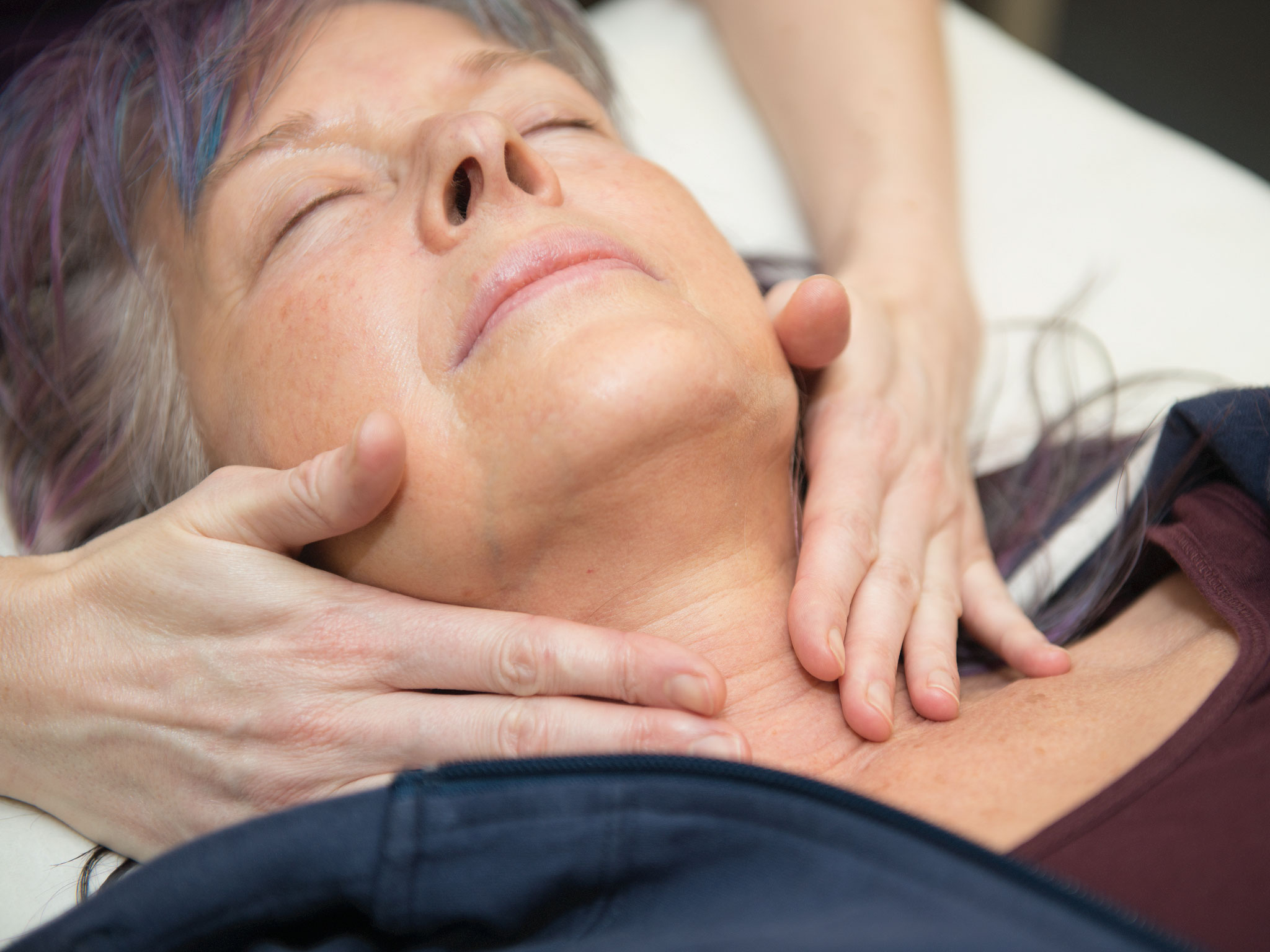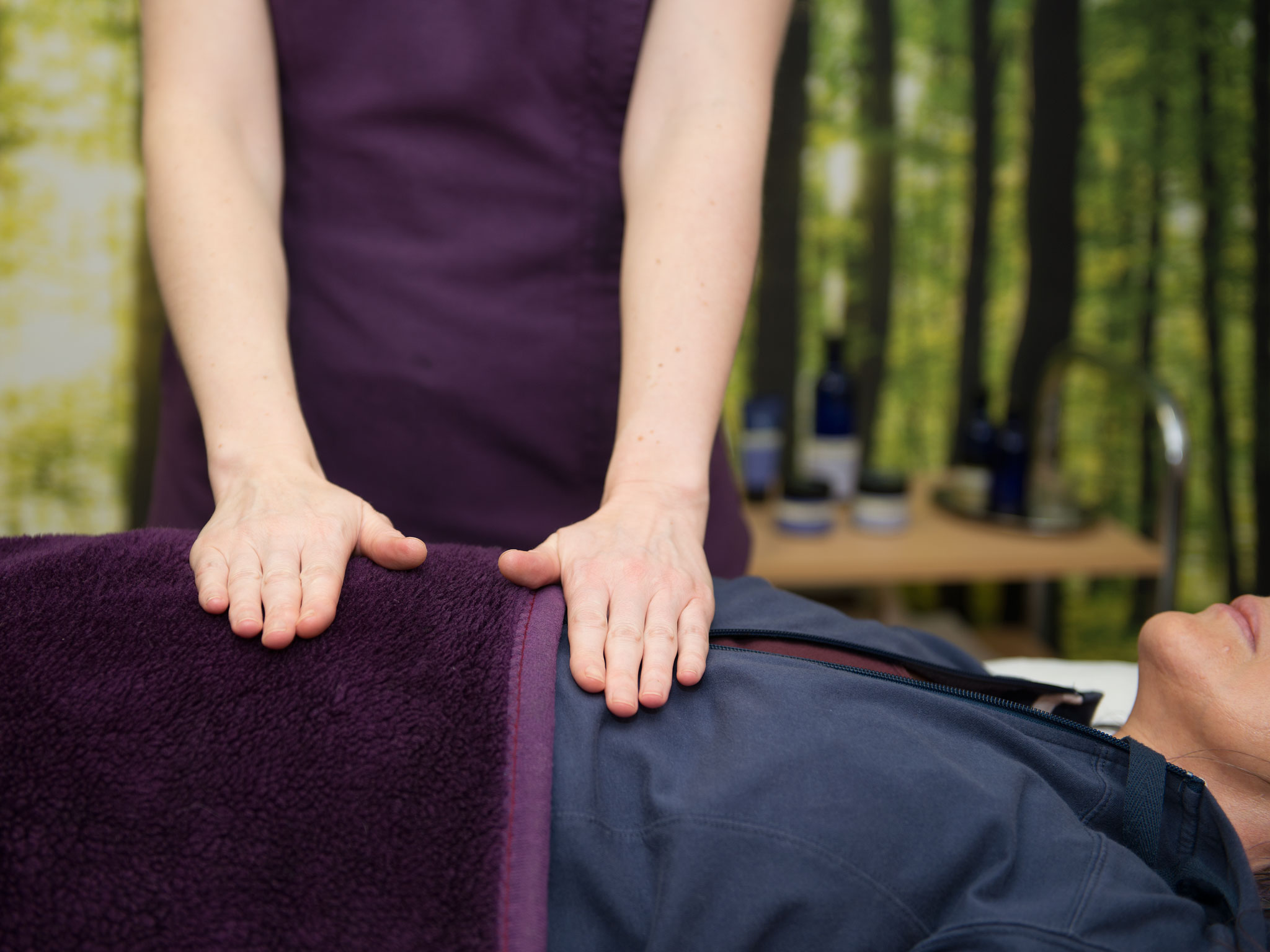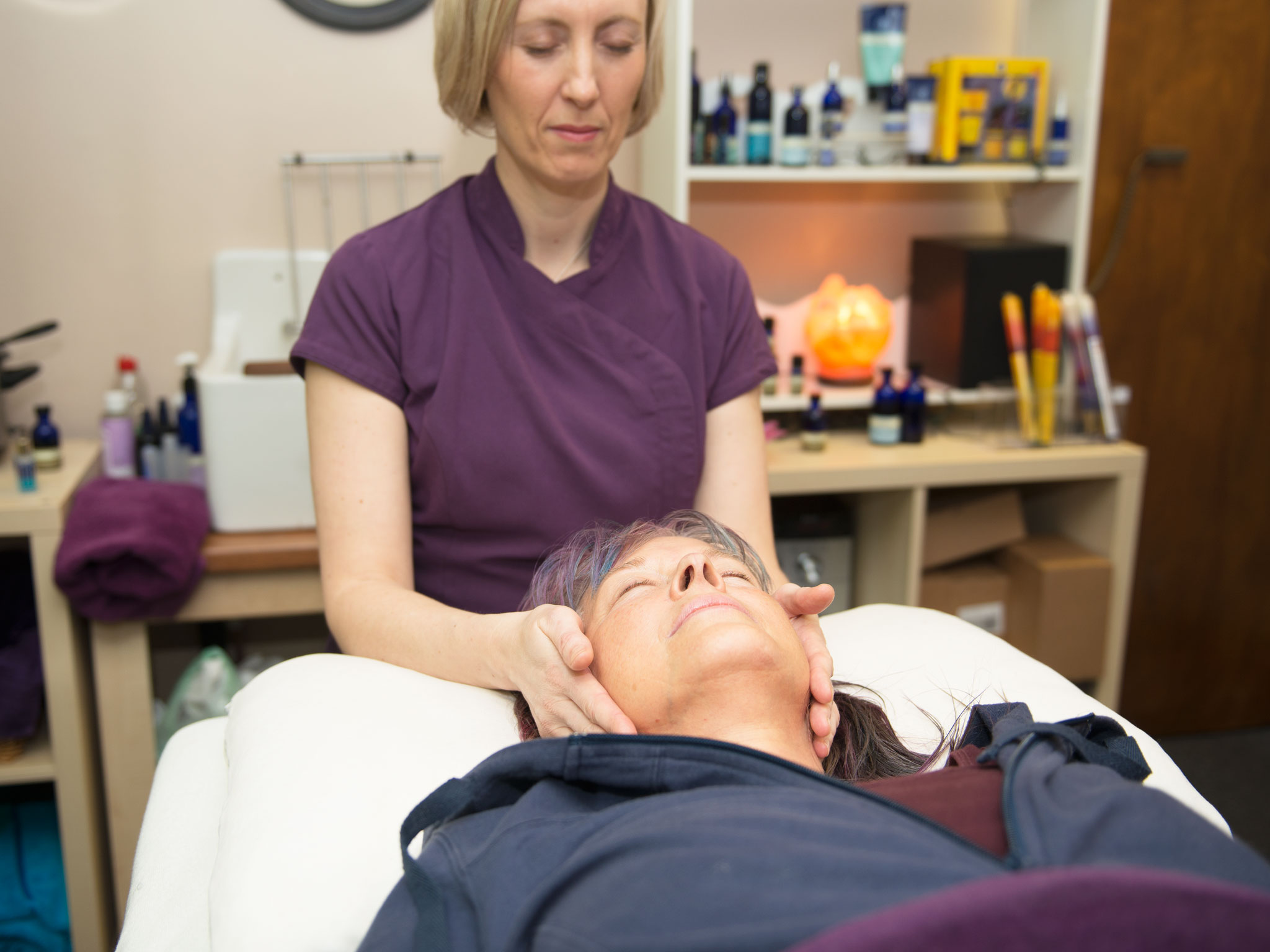Reiki
A healing technique based on the principle that the therapist can channel energy into the patient by means of touch, to activate the natural healing processes of the patient’s body and restore physical and emotional well-being”.Reiki
Reiki supports orthodox medicine or can be used alone but is not a replacement for traditional medication or treatments. It has been suggested that in years to come it may be known as energy medicine based on scientifically measurable energy emitted from the healer’s hands.
Reiki is activated by intention and requires practitioners to calm their minds and thus open up their communication channels to understand where healing is most required on the body and for how long to caringly help the person or animal concerned.
A Reiki session provides a warm, peaceful space in which to relax completely, knowing the treatment does not harm or have side effects. It can increase a sense of wellbeing, improve the ability to sleep well, and provide a level of relaxation difficult to find in today’s modern and stressful world.
What happens during a Reiki treatment?
Step 1 – Arrival & Consultation
The environment is important to the Reiki. The room will be warm and peaceful with careful consideration given to the lighting, soft music and essential oils diffused to add to the experience.
On the first visit clients complete a consultation, where they are asked a number of questions concerning their contact details. The Therapist will take a short case history prior to discussing treatment options. A treatment plan will be discussed and agreed with you, and reviewed as necessary. This will always be subject to your own preferences, and can be changed at any time in line with progress.

Step 2 – The Treatment
A Reiki treatment is non-diagnostic, non-interventionist, non-manipulative and no pressure is applied.
A session is usually carried out with the recipient lying down or sitting, in a comfortable and peaceful environment. There is no need to remove any clothing as Reiki energy passes easily through all materials, including plaster casts.
The Practitioner places their hands gently on or over the body; there is no massage or manipulation. Reiki can also be given over a distance. Reiki may be experienced as a flow of energy, mild tingling, warmth, coolness, other sensations, or nothing at all.
Length of Reiki sessions may vary, but are usually half to one hour in duration.

Step 3 – Finishing Up & Aftercare
The therapist will finish the treatment and quietly check that the client is comfortable and offer a glass of water. The client will be asked to take their time getting up and the therapist will discuss how the treatment went.

Who should get a Reiki treatment?
Anyone looking to experience deep relaxation
Anyone looking to improve health and wellbeing
Suitable for all ages
Also suitable for animals
Why should you get a Reiki treatment?
Benefits reported by Clients include deep relaxation, promoting a calm, peaceful sense of well being on all levels.
Engendering greater inner harmony and balance, regular Reiki treatments promote a calmer response to life’s challenges.
Reiki encourages and supports positive personal choices, such as improving diet, taking more exercise, devoting time for rest or leisure activities, and may reduce the need for alcohol and tobacco.
Engendering greater inner harmony and balance, regular Reiki treatments promote a calmer response to life’s challenges.
Being complementary, Reiki works effectively alongside orthodox healthcare and natural remedies, expanding treatment options.
Note: Reiki is being used in various settings including private practice, complementary therapy centres, GP surgeries, hospitals, hospices, cancer support groups, post-operative recovery, drug rehabilitation, prisons, HIV/AIDS centres, and in the care of the elderly.
Frequently Asked Questions
A: Everyone experiences Reiki differently. Some feel a slight tingling or sensations of warmth, others just a deep relaxation. Some find themselves in a deep meditative state whilst others feel rejuvenated and energised. Some even fall into a deep and refreshing sleep.
Q: What happens during a Reiki session?
A: During the Reiki session the practitioner places his or her hands very lightly on the body in a variety of positions. The patient is normally lying down and always remains fully clothed throughout the session as Reiki is so powerful.
A: Reiki is always totally safe and appropriate making it suitable for everyone – children and adults. It benefits people in wonderful and extraordinary ways. It is also highly effective for animals.
